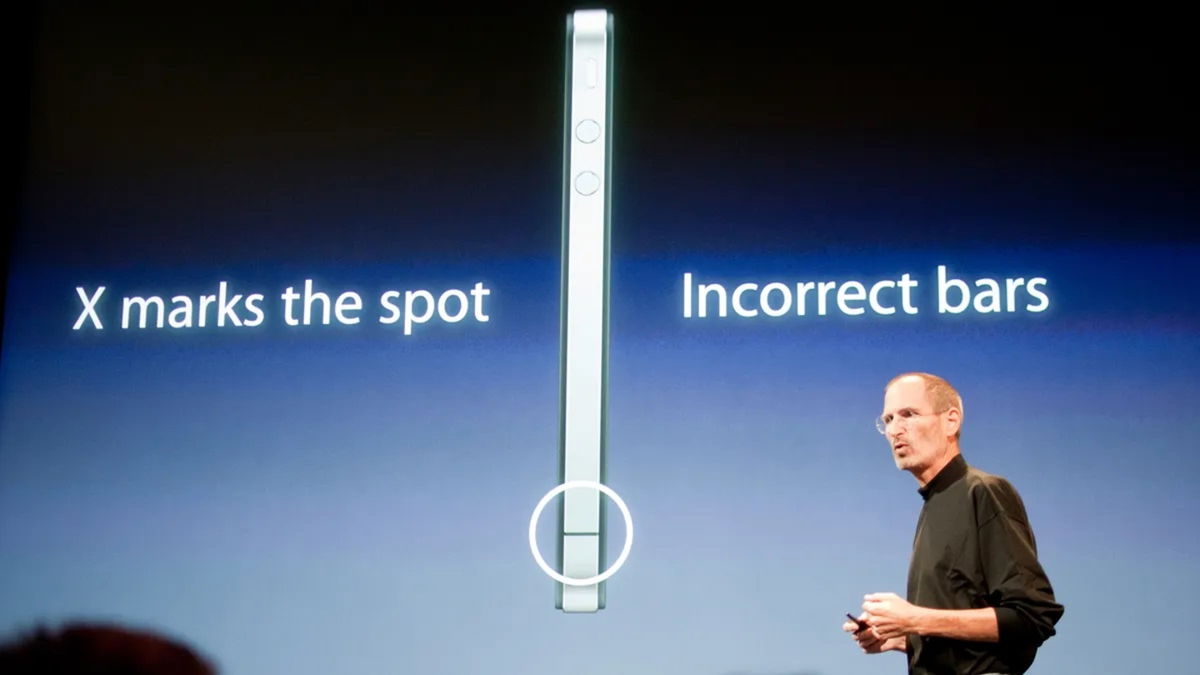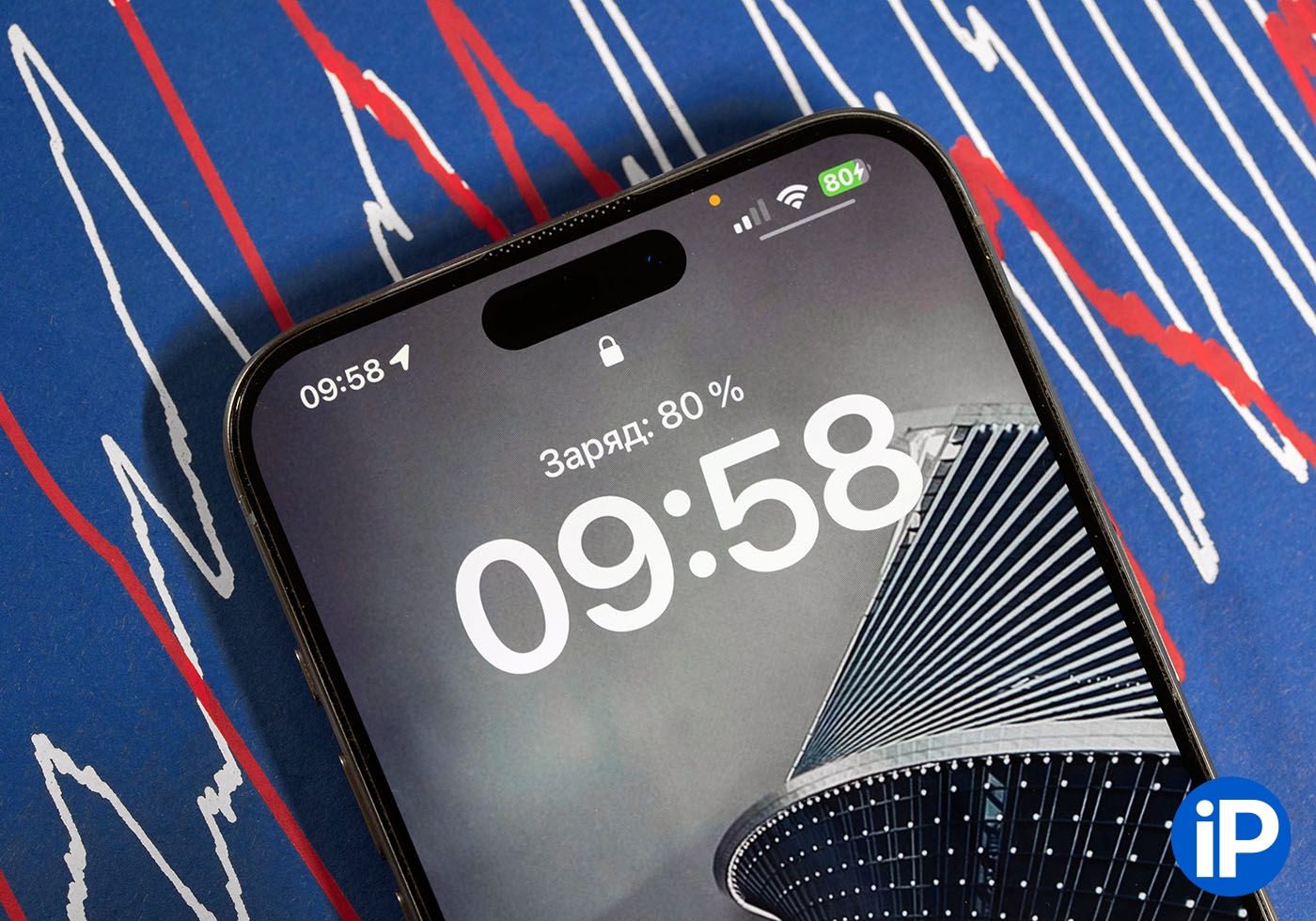The other day I remembered that the iPhone actually has a battery, the reserve resource of which is strictly limited. This happened by accident – I have a special attitude towards this issue, I have already expressed it here.
I’m hardly in the majority, so I propose to see what happened after almost a year of active use of the iPhone 15 Pro Max. It’s too early to draw conclusions about the 16th episode, but it’s time to draw conclusions about the “tags”.
It seems to me that my pace of iPhone use is very average, that is, practically without extremes, but also without “downtime” during the day. So the result can be considered quite applicable to most users. Let’s see how things are going, considering that I don’t indulge in any “charging restrictions” in iOS.
How absorption is blown during operation
Of course, everything is classic. It seems like an iPhone works lessthan in the first months after purchase. Most likely, technically this is true.
An iPhone lasts all day from morning to night, unless you sit in the cart around the clock or take photos/videos at a rapid pace. The last time the device drained in hours was in the first couple of days after purchase; this is still the most resource-intensive task for Apple smartphones, with which even a top game cannot be compared in terms of battery characteristics.
I install all beta versions and have been tormenting the iPhone for quite a long time learning with Apple Intelligence. In the first betas, the load on the battery due to this Apple non-neuron was extremely high, the iPhone was constantly hot for at least a month, and this does not bode well for the battery.
I don’t carry portable batteries with me yet, but if I miss the next generation of iPhones in the fall, then by the beginning of 2026 I will definitely have to carry them. Or go a much more adequate way, but more on that later.
How much capacity is left
Given: I bought an iPhone in 2024. Every day I use at least half of the battery charge, and sometimes I “burn out” 150% of the capacity or more (that is, recharging in the afternoon).
Where to see the remaining battery capacity: Settings → Battery → Battery status. Also on the menu Battery You can view the rate at which its charge is consumed over time. To do this, click on the tab below Last 10 days.

At the moment and according to the built-in iOS statistics, 9% of resource spent: 91% high capacity. Number of recharge cycles – 286.
I note that I basically turned off the function Limit chargingwhich is available in Settings → Battery → Charging. It protects smartphone charging to “extend battery life.” I don’t believe in the usefulness of this feature in assessing life. By the way, I also wrote about this. Also off Optimized charging. That is, the iPhone is always charged to “hundreds” without any eco-stories.

The CoconutBattery app shows the same thing: 91% capacity compared to the reference. The battery itself is made by a certain Desey Corporation at the end of 2023 and he is 429 days old.
In 267 days since purchase, I have accumulated 286 iPhone charge cycles. Cycle per day – quite adequate, considering that the iPhone always charges at night, and the remaining two dozen cycles can be attributed to relatively rare cases of the 15 Pro Max being completely discharged within one day.
Is it worth changing the battery now?

It should be understood that the battery capacity drops slowly, and over time, especially after two or more years of using the device, it begins to “drain down” much faster than before. So it will get worse, and that’s okay.
Then there are two ways. You can walk in circles around the iPhone, turn on all the charging limits, optimize and generally blow away the dust from the “batteries”. But I much prefer the second option.
When capacity drops to 85% or lower, I I’ll just replace the battery. There have never been any problems with this in Russia, even taking into account the treatment of the ASC and Apple’s official warranty and post-warranty service. Now to do it wisely (with “interest” and without “errors”) costs about 14 thousand rubles.
91% of the maximum capacity can (very roughly and superficially) be translated as minus 10% of the maximum battery life of the iPhone 15 Pro Max for 9 months. I think it’s adequate. In reality, I don’t yet feel any discomfort from this and you want the same.
PS It is clear that my example does not mean that this should or can be the case for everyone – the load on the iPhone battery depends on the user and the user. But I sincerely don’t understand how you can live with even a more or less active device with an iPhone of the non-Pro Max or Plus series…
Source: Iphones RU
I am a professional journalist and content creator with extensive experience writing for news websites. I currently work as an author at Gadget Onus, where I specialize in covering hot news topics. My written pieces have been published on some of the biggest media outlets around the world, including The Guardian and BBC News.











